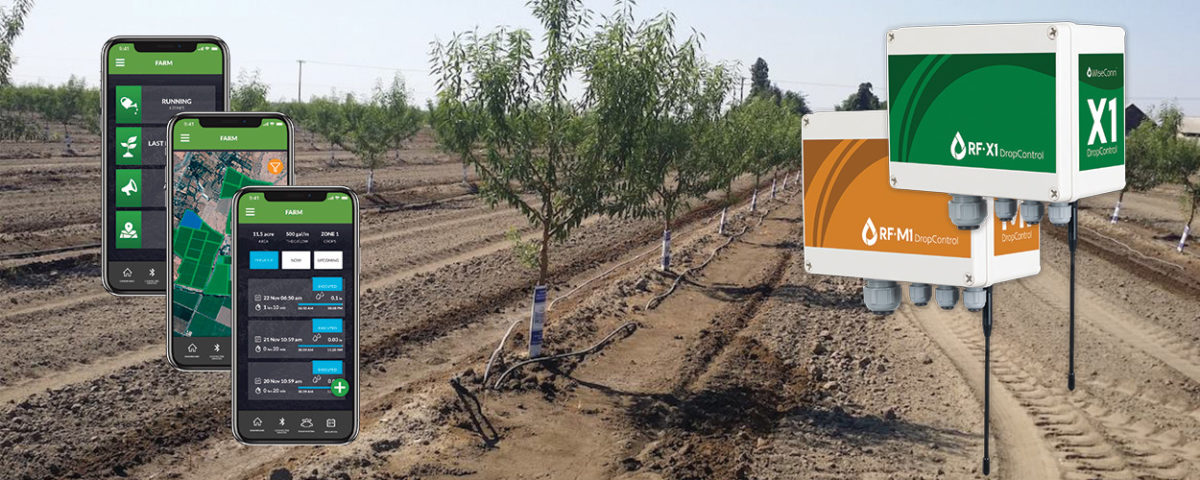Although most growers are satisfied with the operation and capabilities of their irrigation automation system, many question the value of the investment. If you’re frustrated or questioning the value of your irrigation automation system, this article is for you. We’ll attempt to review the most common reasons why irrigation automation projects falter and steps you can take to get things back on track before jumping ship.
Is irrigation automation worth the investment and time?
Absolutely! When done right, irrigation automation systems are a smart investment and quickly pay for themselves through lower costs (labor, water, energy) and improved crop yields.
What are the top reasons why irrigation automation projects aren’t successful?
- System Design – The dealer/integrator who helped evaluate your needs did not understand your needs and/or design the right solution.
- Installation and Configuration – The system was not properly installed and/or configured. Working with an experienced dealer/integrator is very important.
- System Updates and Maintenance – The system has not been properly maintained and updated since it was installed. Like most technology (smartphones, computers, etc.), irrigation automation systems need occasional software updates and maintenance. These updates not only include new features, but also include bug fixes, security patches, and more.
- System Start-up and Training – You were not provided adequate training to properly use the system or staff turnover has left you without the needed in-house knowledge and experience to effectively maintain and use the system.
- Lack of Internal Resources – Whether it’s people or time, these automation systems don’t run themselves. You need internal resources backed by a capable dealer/integrator to keep the system running and providing the ROI you expect.
- “Set It and Forget It” Mentality – Make no mistake. Automation hardware and software requires routine regular maintenance and updates. Think of your irrigation automation system as you would modern farm machinery. If you neglect routine maintenance and software updates, your equipment will eventually have problems. Hardware, sensors and software need care so they can perform at optimal levels.
- Combination – In most cases, it’s not one reason, but a combination of several reasons listed above.
What are the recommended steps to get my irrigation automation system back on track?
All situations and equipment vary, but we typically start with the following steps based on the needs, crop(s) and circumstances of each grower. Whether we installed it or not, we can help you update, re-configure, and troubleshoot your existing automation system.
- System evaluation, testing, and troubleshooting
- Integrating old/outdated hardware into system updates without replacement
- System updates, expansions and re-configuration
- System management and operational training
- System expansion and platform migrations
- New system design and installation
Cal-West Rain is a full-line irrigation and pump company that works with growers and farm management companies across the Central Valley and Central Coast of California. As a part of our broad range of irrigation services, Cal-West Rain has extensive experience with most irrigation automation, monitoring and control systems.
What brands and types of automation do we have experience with?
- Types of Automation We Know – Irrigation scheduling, filtration, pumps, wells, soil moisture, PH, EC, pressure, flow, frost, weather, demand response, utility incentives and more.
- Automation Brands We Know – WiseConn, Netafim, Sentek, Irrometer, Bermad, Polaris Energy Services, Pumpsight, Davis Instruments, GroGuru, Climate Minder and more.
Our goal is to protect your existing investment and help you better leverage the available technology based on your needs, operation and budget. To learn more and schedule a consultation, contact us today!
Other Irrigation Automation Articles

